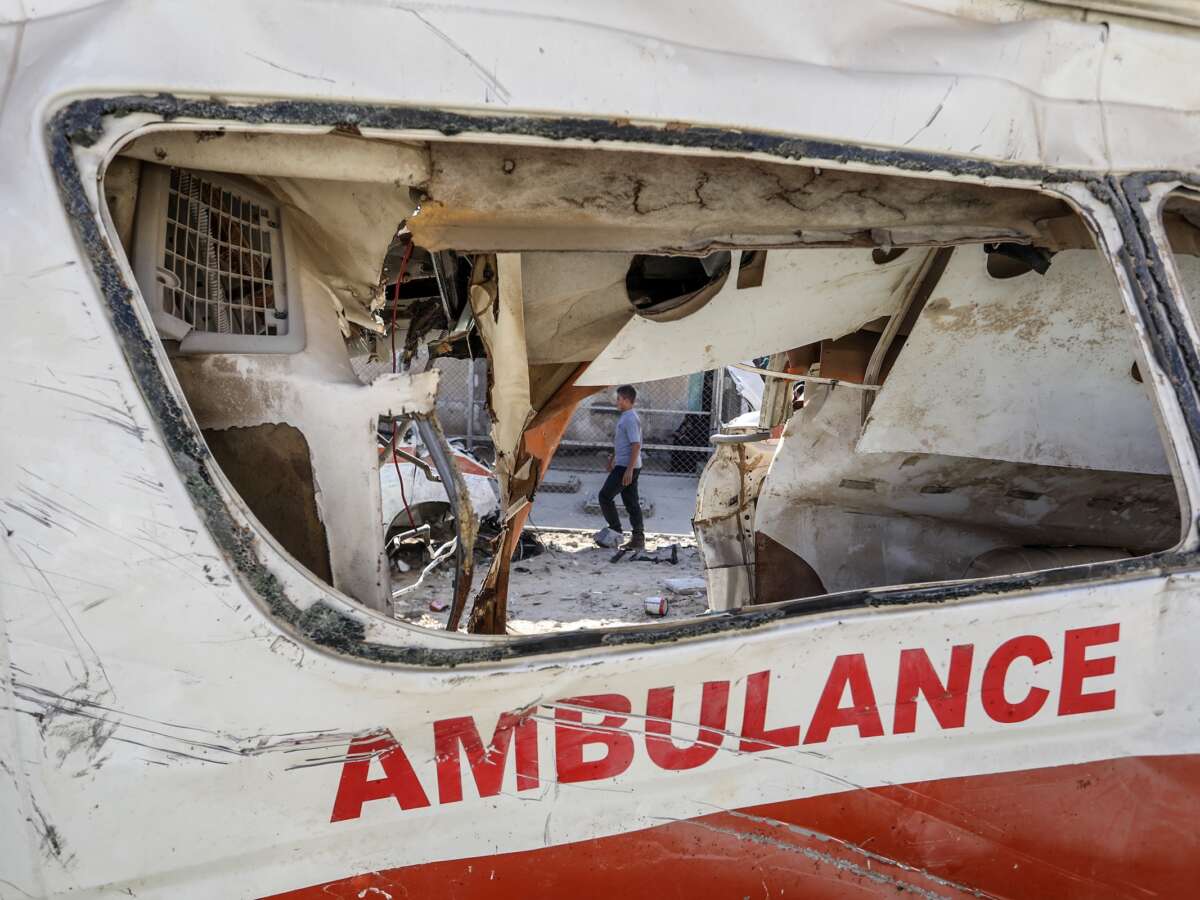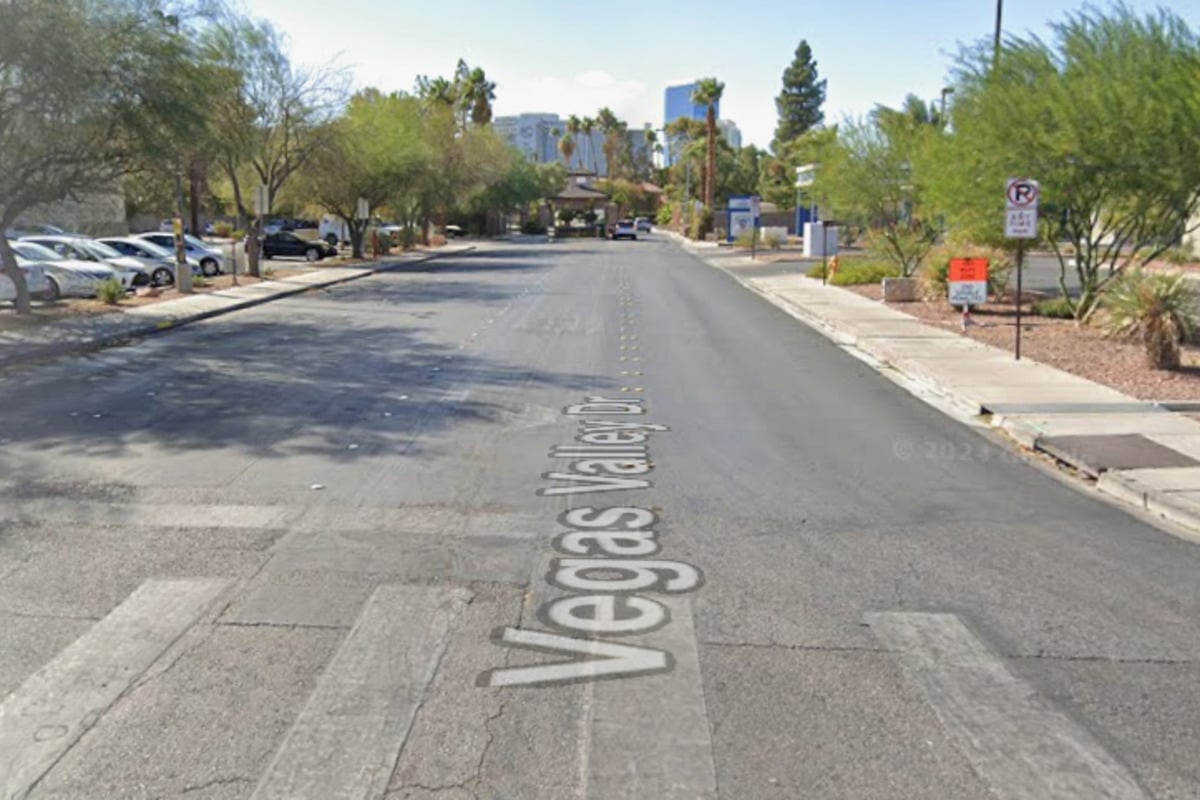UPDATE: The University of Southern California (USC) has just revamped its pharmacy desert mapping tool in response to an alarming rise in drugstore closures nationwide. This critical update aims to safeguard access to essential medications like insulin and antibiotics at a time when nearly 1 in 8 neighborhoods in the United States are losing their local pharmacies.
The new platform allows users to zoom into specific neighborhoods and review pharmacy openings and closures over multiple years, highlighting areas at risk of becoming pharmacy deserts. This tool is vital for policymakers, journalists, and health officials to identify regions where residents are losing access to necessary medications.
Dr. Dima Mazen Qato, a key researcher at USC, emphasized the urgency of this issue, stating, “When pharmacies close, people lose access to essential medications, which can worsen chronic conditions and increase health disparities.” The startling trend of closures began in 2018 and has accelerated due to industry consolidation among major chains like CVS, Rite Aid, and Walgreens.
The tool, originally launched in 2022, has gained traction among health departments and regulatory agencies, including the Federal Trade Commission. It has already been instrumental in determining the location for a new USC-run community pharmacy in South Los Angeles, slated to open in 2024, after a nearby Rite Aid closed, leaving the community in need.
“This tool is actively maintained, with features designed specifically for federal, state, and local policymakers,” said Associate Professor Robert Vos, one of the developers of the mapping tool. Users can track pharmacy access and visualize potential pharmacy shortages using a user-friendly interface that flags closures and their implications.
According to the latest data, the decline in pharmacies is compounded by the merging of pharmacy chains with powerful pharmacy benefit managers, which limit patient choices and access. “We need leaders at every level to use this data to protect these lifeline pharmacies before more neighborhoods are in crisis,” warned Douglas Hoey, CEO of the National Community Pharmacists Association, representing about 19,000 independent pharmacies.
As pharmacy deserts continue to expand, the emotional toll on communities grows. Many residents must take time off work to obtain medications, skip doses, or abandon necessary drugs altogether. The mapping tool aims to address these challenges, making pharmacy access visible and actionable for those in need.
“This is a critical moment for our healthcare system,” Qato added. “Our goal is to ensure that every community has access to the essential medicines people rely on.”
With the pharmacy landscape changing rapidly, this revamped tool is a crucial step in promoting health equity and ensuring the public retains access to vital healthcare resources.
Stay tuned for further updates as USC continues its efforts to combat the pharmacy closure crisis.







